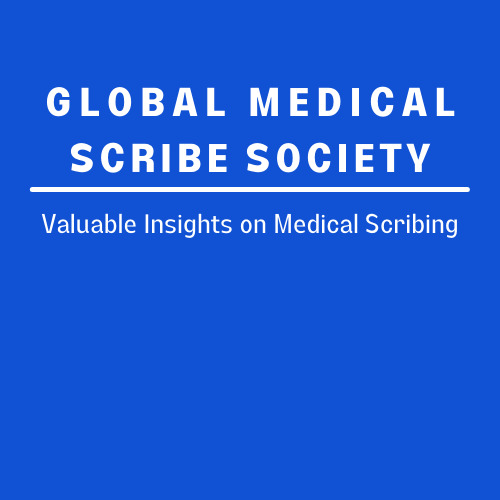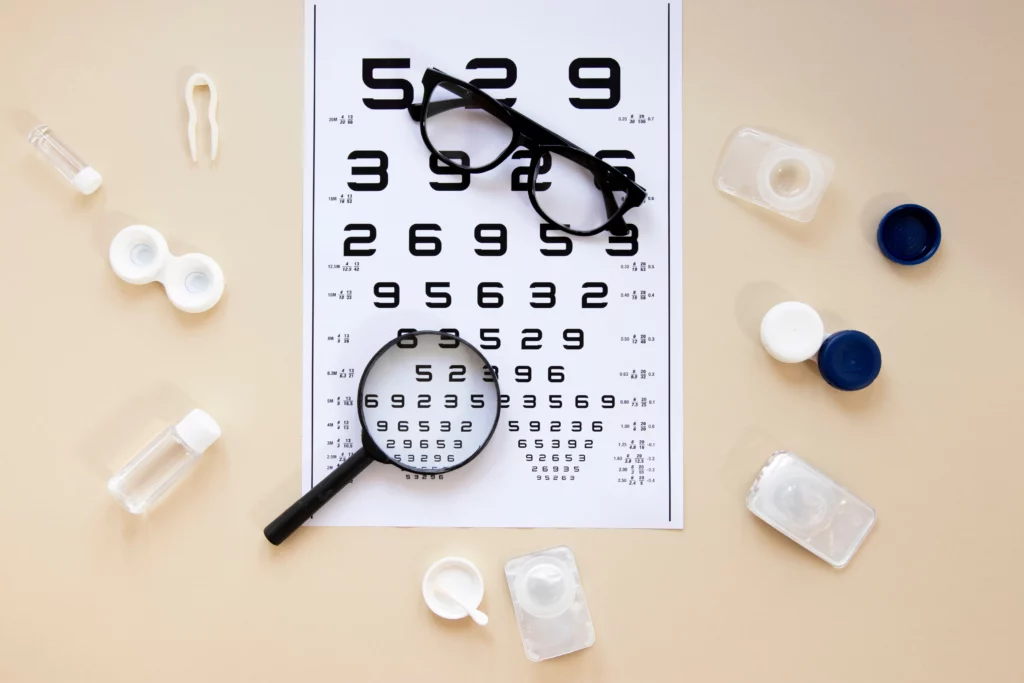Ophthalmology practices across the nation are grappling with the increasing documentation demands, diminishing reimbursements, increased Medicare scrutiny, and surging patient expectations. These factors can make it challenging for ophthalmologists to continue providing high-quality care or even remain operational. However, integrating a key member to the eye care team could provide the essential support your practice needs to thrive and deliver exceptional patient care efficiently—an ophthalmic medical scribes.
How can scribes help in an ophthalmology practice?
Dr. James H. Antoszyk, a renowned ophthalmologist in Charlotte, North Carolina, emphasizes the rising need for ophthalmic scribes. The surge in demand for injection therapies, which is transforming retinal care into a more pharmacotherapeutic and office-based specialty, underscores the urgent need to adopt a scribe-based practice. Dr. Antoszyk highlights that scribes can significantly enhance physician efficiency and maintain a steady income stream amidst the continuously evolving and regulated healthcare landscape. He also stated that while gross revenue from ophthalmic practices has increased, so have overhead costs, resulting in steady or slightly decreased net revenue. This reality necessitates that ophthalmologists work more efficiently, and employing scribes emerges as an ideal solution.
Several key factors are driving the escalating need for scribes in ophthalmic practices:
1. Rising Number of Patients Receiving Intravitreal Injections:
Age-related macular degeneration (AMD) is the leading cause of irreversible vision loss in individuals over 50. The prevalence of this sight-threatening disease is projected to increase by 20%, from 195.6 million in 2020 to 243.3 million by 2030, owing to the aging global population. Since each eye with AMD requires clinical evaluation and treatment every 4 to 6 weeks, patients may need to visit the doctor’s office several times a year, compared to the previous practice of three or four visits before the advent of intravitreal injections.
2. Decline in Practice Revenue:
Pravin U. Dugel, MD, a renowned vitreoretinal disease specialist in Phoenix, Arizona, conducted a systematic retrospective analysis of a multi-city, multi-physician retinal practice’s accounting system. The analysis aimed to gather insights into revenues, expenses, and profit margins. The findings revealed that increased office visits, both with and without optical coherence tomography (OCT), significantly impacted the financial health of the retinal practice. Despite the increased utilization of anti-VEGF injections and efforts to accommodate more patient visits, medical retinal services, and medical imaging, the practice experienced a substantial rise in operational costs. Consequently, despite substantial revenue growth, the practice’s profit margins declined by 14%.
3. Inevitable Rise in Aging Population:
Forecasts indicate that by 2030, approximately 67 million Americans aged 65 or older will be enrolled in Medicare, marking a substantial increase of nearly 27 million elderly recipients from 2010. This trend is expected to persist as the older population continues to grow, significantly driving up the demand for healthcare services and specialized care.
4. Increased Prevalence of Low Vision and Blindness:
Forecasts suggest that by 2050, the number of Americans experiencing vision loss and impairment will double, rising from 1.02 million in 2015 to 2.1 million. A similar increase is anticipated for low vision cases, posing significant challenges for healthcare providers and systems.
5. Rise in Incidence of Diseases Requiring Office-Based Care:
Studies such as “The Prevalence of Age-related Macular Degeneration in the United States in 2019” highlight a concerning trend. In 2019, an estimated 19.83 million Americans were affected by age-related macular degeneration, representing a nearly threefold increase from previous estimates and signaling an imminent public health crisis. Additionally, projections indicate a threefold increase in the number of Americans aged 40 or older with diabetic retinopathy and vision-threatening diabetic retinopathy by 2050. Similarly, the prevalence of diabetic retinopathy among individuals aged 65 and older is expected to rise significantly.
Conclusion
Ophthalmic medical scribes play a pivotal role in alleviating the burden of documentation for ophthalmologists, enabling them to focus on patient care and practice management. By handling tasks such as retrieving patient data, documenting assessments and care plans, coding visits, educating patients, and assisting with procedures, scribes contribute to increased patient throughput by 25% to 100%. Most importantly, they allow ophthalmologists to spend more time and attention to patient care and practice growth.

